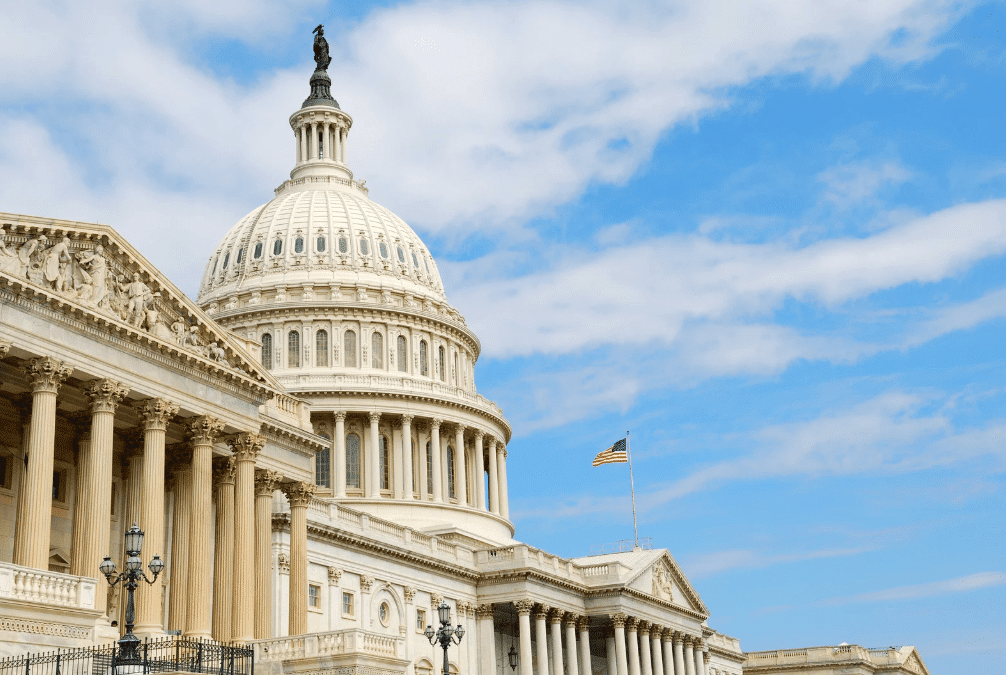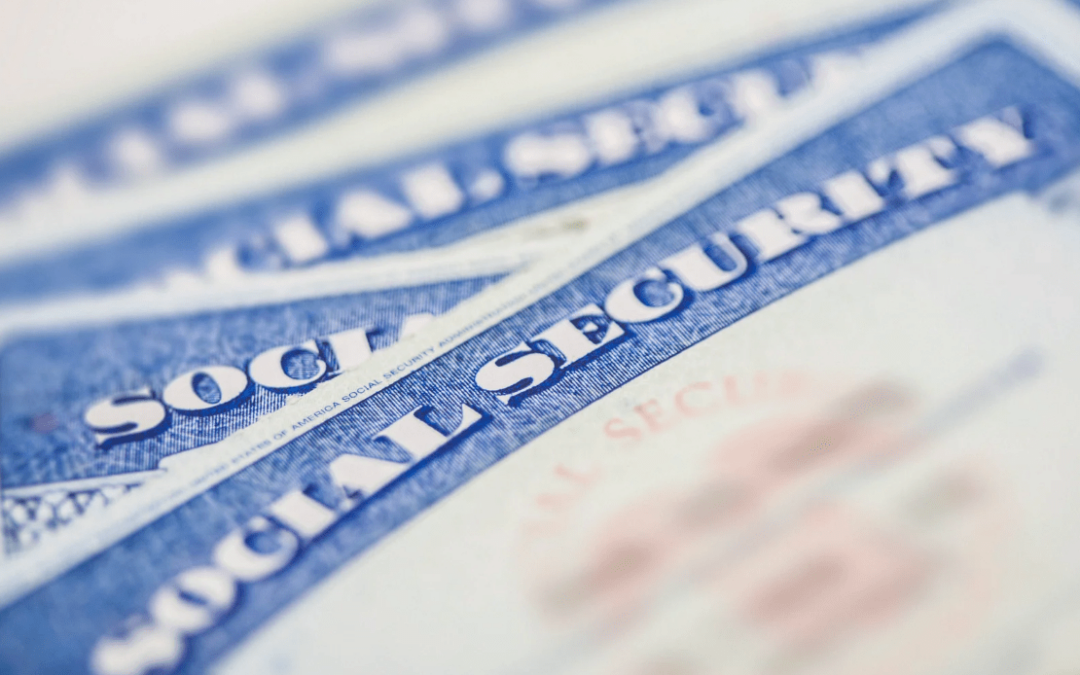Table Of Contents
Long before the VA scandal involving the wait times and secret wait lists at the hospitals and clinics, the VA was fighting off Congressional pressure to address the lengthy backlog of claims. This problem was not even with the backlog of appeals, but just the length of time it was taking the VA to address brand new claims brought by veterans. Though spotlight has been off the backlog problem of late, it certainly cannot be said that it is because the problem has gone away.
According to testimony this week in front of the House Veterans’ Affairs Committee, while the VA managed to reduce the backlog last year, it was at the expense of appeals. The backlog of total compensation requests was at 883,930 one year ago. You can view the data here. The reason for the large influx in overall claims is clear. With wars in Iraq and Afghanistan that have dragged on for over two decades, the sheer number of veterans is at a rate that has not been seen since at least the Vietnam War. Additionally though, the newer veterans are much more aware of the programs and benefits available through the VA. The overall number is down to 557,967.
The cut-off for cases deemed to be backlogged is 125 days. The VA said this week that compensation requests longer than 125 days have been cut by 55% in the last 16 months to 275,000 cases. (My review of the data looks as though the number is 270, 913.) There were nearly 1.2 million requests completed last year, and it is anticipated that a record of more than 1.3 million will be processed this year. However, according to Linda Halliday, an assistant inspector general, both the rate of success in drawing down the backlog and the accuracy of the work have been over-stated.
Provisional Decisions Have Failed
The inspector general’s office found problems with a VA program aimed at quickly providing benefits to veterans who had been waiting larger than two years. The plan was for the VA to issue a “provisional decision” to the veteran that would speed payments up, but then the rates could be adjusted after a final review. While this could pay benefits faster, if the veteran disagrees with the decision, since it was only provisional, it could not be appealed. After one year from the date of the provisional decision, the decision would become final and thus the veteran would have the right to appeal. Or if the veteran wrote to the VA advising that he or she had no additional information to submit, as well as requesting that the decision be made final, the VA would do so. However, out of the eight to ten provisional decisions I saw with my clients, and with each one of them I immediately requested a final decision, the VA took nearly a full year to issue a final decision. In one instance it was well over a year.
I personally thought that this was a ploy by the VA to mislead Congress about how they were addressing the backlog. Even though it was provisional, they could report to Congress that a decision was made. It sounded even better if a favorable decision was made. For instance though, if a service-connected knee condition received only one rating when it possibly could get three separate ratings based on range of motion, it still shows that the VA paid the veteran, even though it was not completely accurate. Meanwhile, the veteran would have to wait to get that final decision in order to appeal. Yes, the veteran would eventually get retroactive benefits for the entire duration of the claim; however, the whole process would take longer.
Investigators found that about 7,800 of those claims with provisional decisions were subtracted from the overall number of backlog claims. These claims were still not final because they were technically still being processed. Out of the number above, 6,800 of them were still being worked on as of January. Furthermore, because processors were under pressure to complete claims quickly, errors were made. The majority of errors believe it or not were over-payments, where the VA later came back and advised the veteran that though the claim was properly granted, they were paid too much money and needed to pay some of it back. This was all just a new way for the VA to say that it was effectively doing its job, even though truthfully such was not the case.
Other new and disturbing information from this week’s testimony is that the number of pending appeals of compensation judgments has increased 18% since 2011 to nearly 270,000. This is because as I said before, all of the focus was on the initial claims backlog. Thousands of pieces of undelivered mail are just sitting at the Indianapolis Regional Office. A processor in Baltimore was discovered to be storing 8,000 pieces of unprocessed claims-related mail, along with 80 pending claims.
The VA is never going to be completely effective when it comes to claims and appeals. They are going to try and to their credit, they have been doing some pretty remarkable things behind the scenes to make everything work better. But knowing that it is going to take a while to get a decision, and then even longer on an appeal, it only makes sense to make sure that you claim is solid. You want to make sure that all the right evidence is there so that the VA can make the right decision the first time around.
If you have a claim and you’re not sure if things are going well, contact an experienced advocate at Veterans Help Group to look it over.

Did You Know You May Be Eligible for VA Dental Benefits?
Did You Know You May Be Eligible for VA Dental Benefits? By: Schuyler Swanton, Associate Advocate...

What Happens to My VA Benefits if the Government Shuts Down?
What Happens to My VA Benefits if the Government Shuts Down? Government shutdowns used to be a...

What VA Disability Rating Can I Receive for Knee Pain or Knee Injuries?
What VA Disability Rating Can I Receive for Knee Pain or Knee Injuries? Military service can be...





